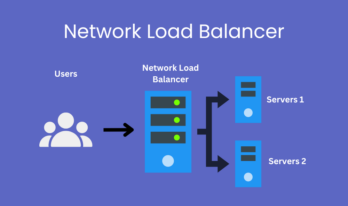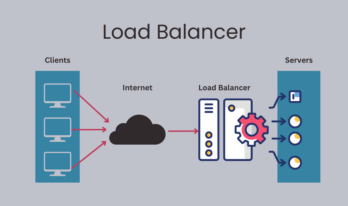Data is difficult to analyze when it is disintegrated and/or is stored at multiple locations. An enterprise data warehouse (EDW) merges data from multiple sources at a single location, making the right information accessible for the right people so that they can take further actions.
Different data warehousing systems have different structures. In general, all enterprise data warehouse architecture has the following layers:
- Data Source Layer
- Data Extraction Layer
- Data Logic Layer
- Metadata Layer
- ETL Layer
- Data Storage Layer
Enterprises are looking for ways in which they can effectively optimize their enterprise data warehouse to augment the use of EDW resources. We have mentioned a few key pointers below that you can keep in mind while optimizing your enterprise data warehouse.
- Enterprises are not able to implement data quality processing in many traditional data warehouse environments.
Some organizations use the EDW offloading process to remove garbage-in, garbage-out analytics, and reporting by implementing scalable and comprehensive data quality processing.
You need to put high-quality data into the Hadoop infrastructure so that the resulting analytics are of great value.
- You can enhance business-user and IT collaboration by eliminating unmanageable data lakes with data governance.
With data governance, you can establish clearly defined business requirements across your enterprise for data used in business analytics or reporting.
True data governance allows users to see the history from source reports by supporting data lineage reporting.
You can learn the origins of transformations performed against the data, underlying data elements, and when the data was refreshed in the Hadoop infrastructure.
- The ability to move changes in the data from the source system to the target system in as close to real-time as possible, without taxing source system processing is called data replication.
This feature of data replication can hereby be used to optimize your EDW effectively.
For example, changes in inventory in a data warehouse might be captured from the data warehouse, moved to Hadoop, and be available for analytics and reporting in near real-time.
- Since Hadoop is a low-cost solution, it can be used to store many new types of unstructured, structured, and semi-structured data.
This data can be used to enrich and augment your analytics, machine learning, and AI experience by integrating them with traditional data from structured transaction processing.
These fundamental requirements can help you maximize your returns in EDW projects. Some of these requirements focus on transforming and moving data while others involve a people-process architecture.
When in place, these capabilities help maximize the return from enterprise data warehouse offloading projects.
You may also like to Read:
Here are the Benefits and Examples of Enterprise Service Management
Essential Ingredients of Data Warehouse Automation
Enterprise Data Warehouse Optimization




